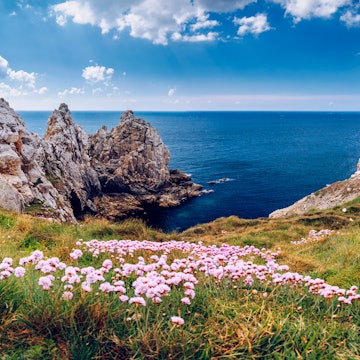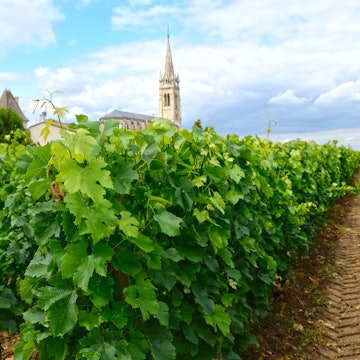

CACTUS Creative Studio / Stocksy United
Overview
France seduces travelers with iconic landmarks and cafe terraces, epic history and bustling village life. Experiences - and cuisine - to be savored.
Leave the planning to a local expert
Experience the real France. Let a local expert handle the planning for you.
Must-see attractions
Planning Tools
Expert guidance to help you plan your trip
Best Things to Do
(Warning: this article will make you want to book a trip.)
Read full article
Best Places to Visit
From soaring mountains to sparkling coastlines to medieval hilltop villages, France has something for everyone. Here are 10 places that stand out.
Read full article
Best Time to Visit
Fantastic France has something to offer travelers every month of the year. Here’s a full season-by-season guide.
Read full article
Things to Know
It's easy to assume familiarity in France, where it's ubiquitous in art and cinema. Here's the inside track on travel advice only French locals can give.
Read full article
Transportation
From cycling to catching trains, buses and river barges, here's everything you need to know about getting around in France.
Read full article
Visa Requirements
From visa-free travel in the Schengen Zone to working holidays, here's everything you need to know about the visa requirements for France.
Read full article
Money and Costs
A trip to France doesn't have to be a luxury bucket list item. These handy tips make traveling there (and enjoying it ) so approachable, no matter the budget.
Read full article
Best Road Trips
Explore France by car with our favorite road-tripping routes.
Read full article
Spending Diaries
Lonely Planet contributor Laura Motta shows us how she threw together a quick, inexpensive weekend in Bordeaux, France.
Read full article
Get a book. Get inspired. Get exploring.
in partnership with getyourguide
























